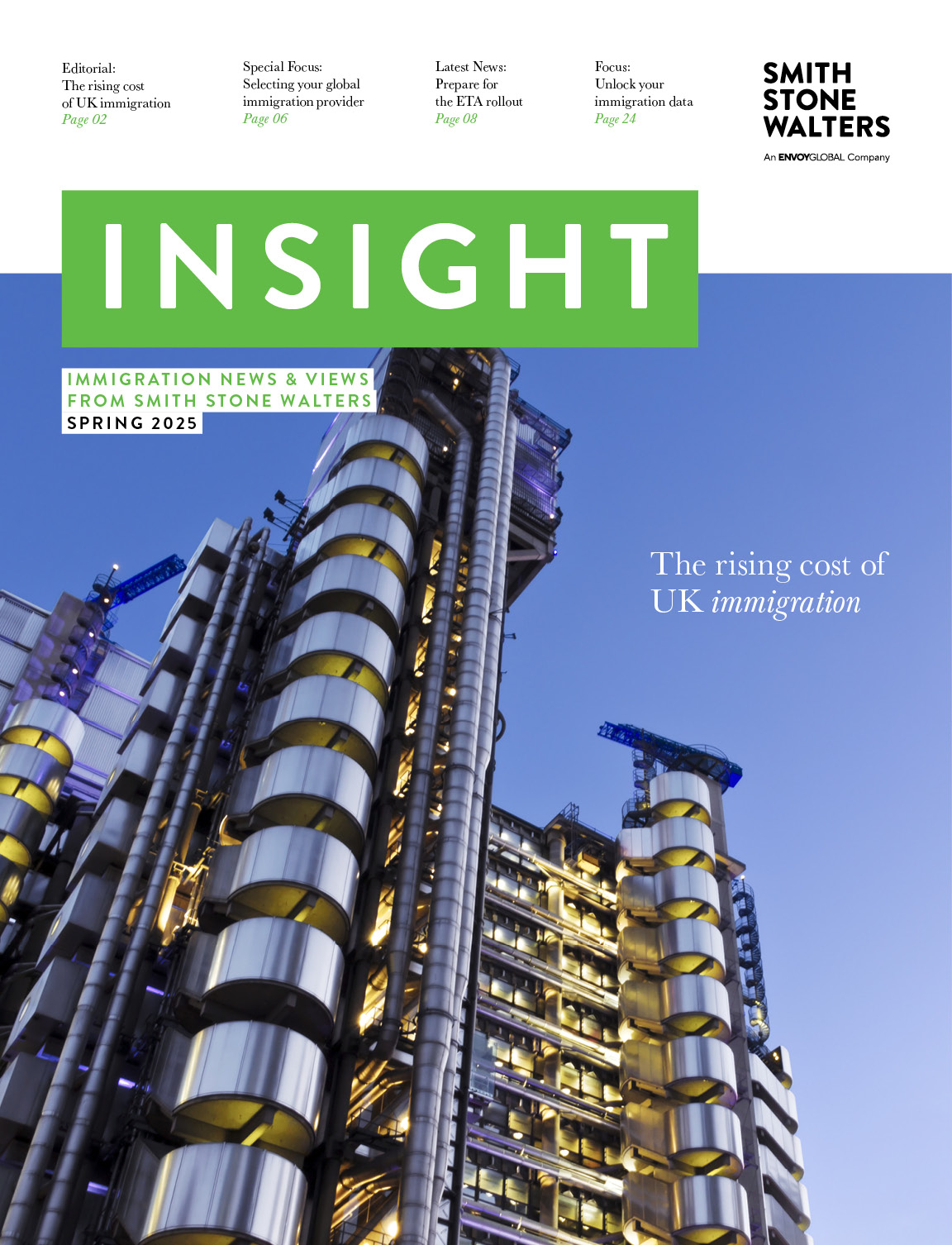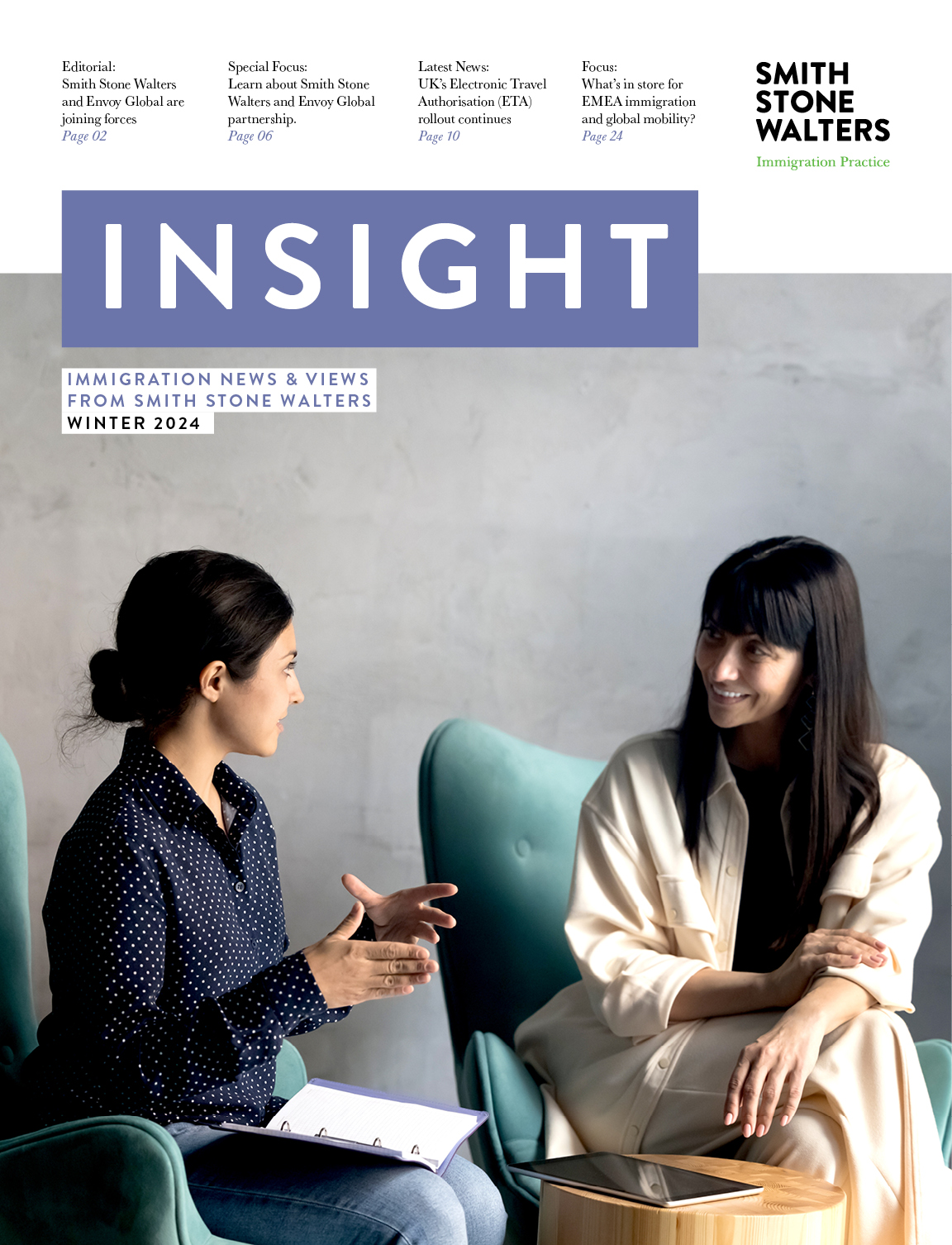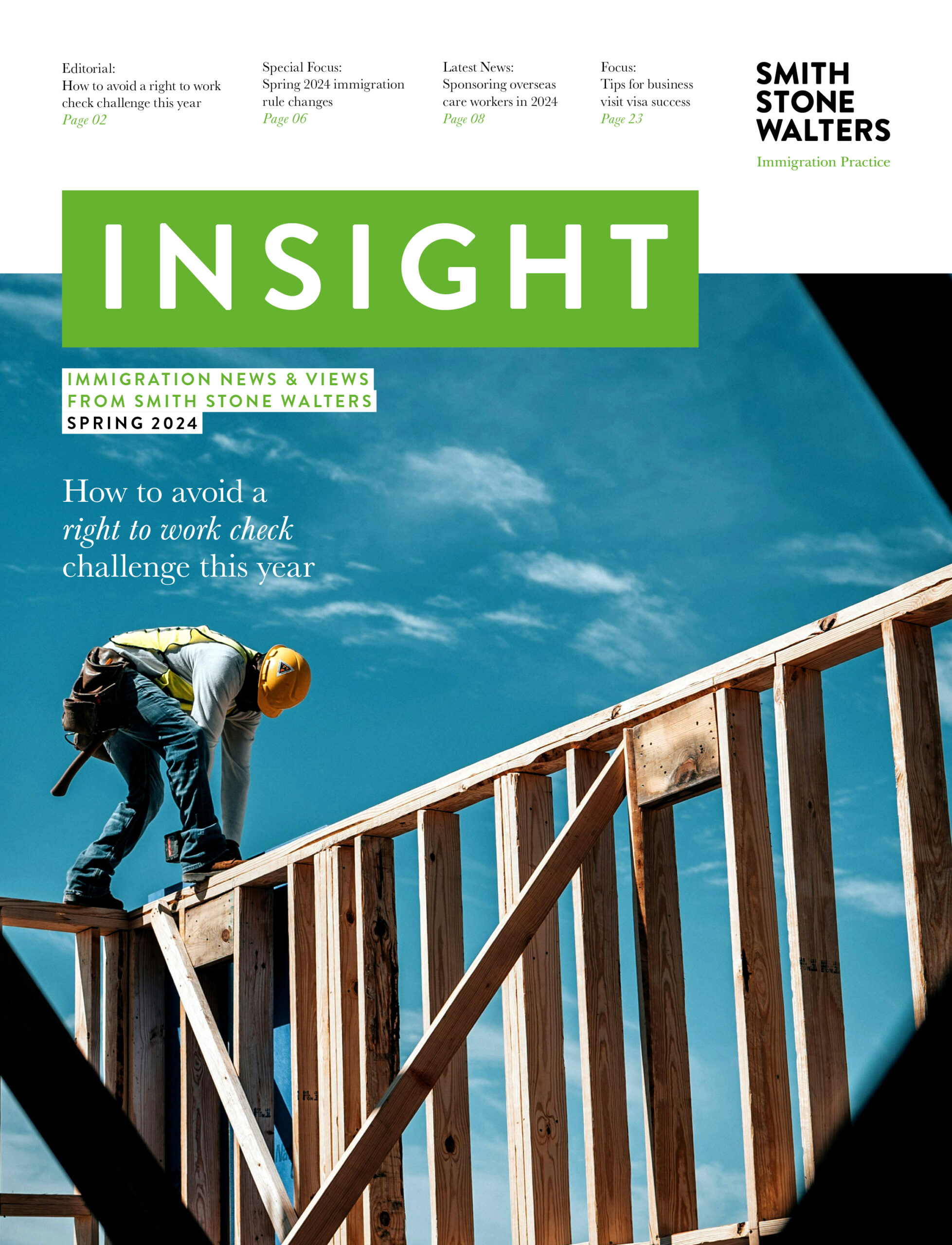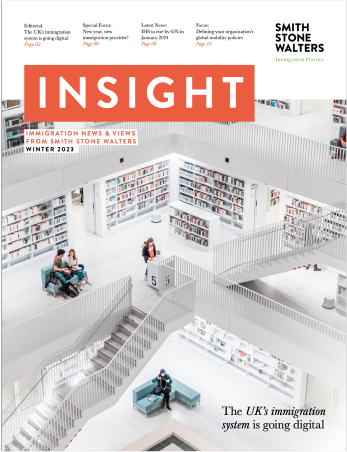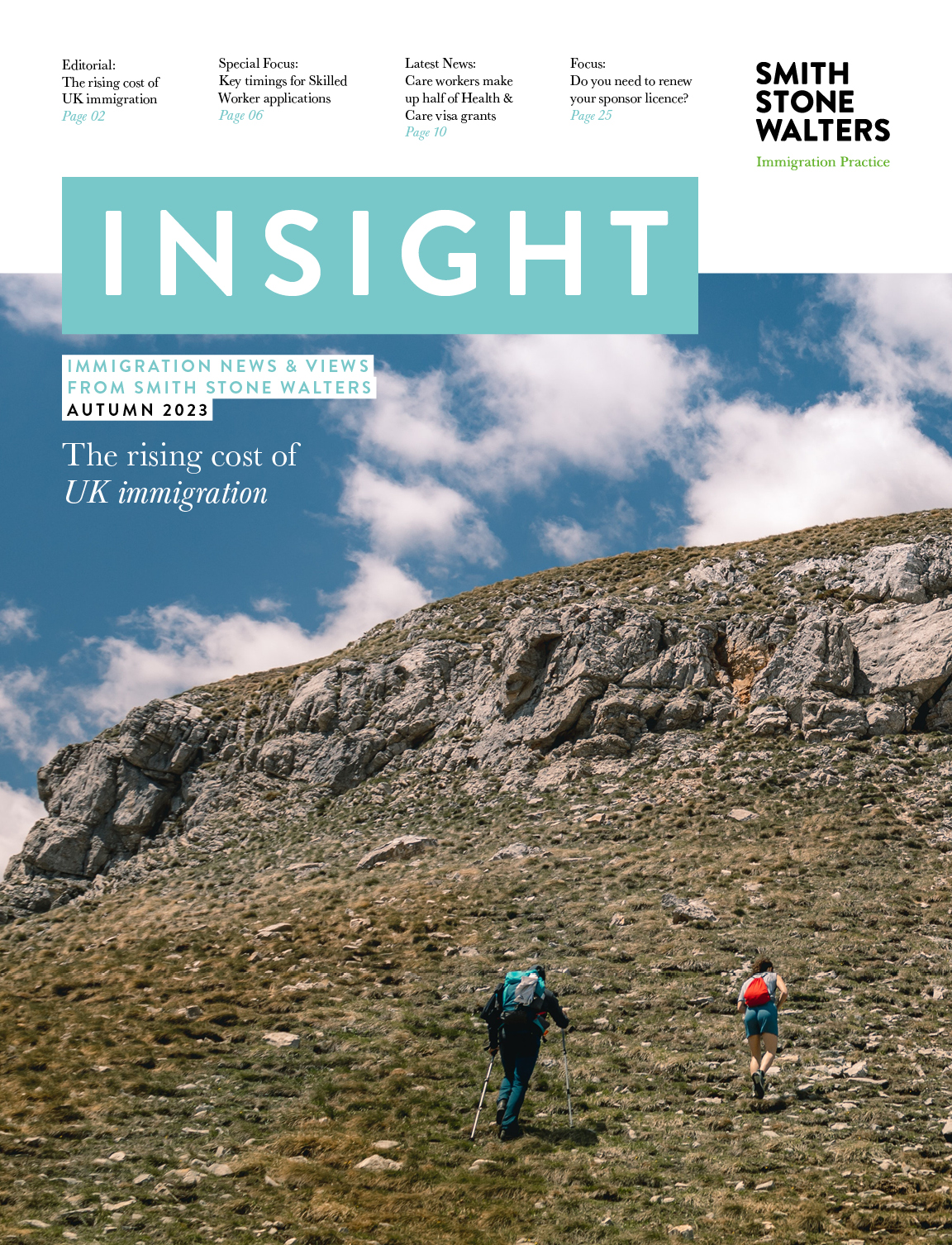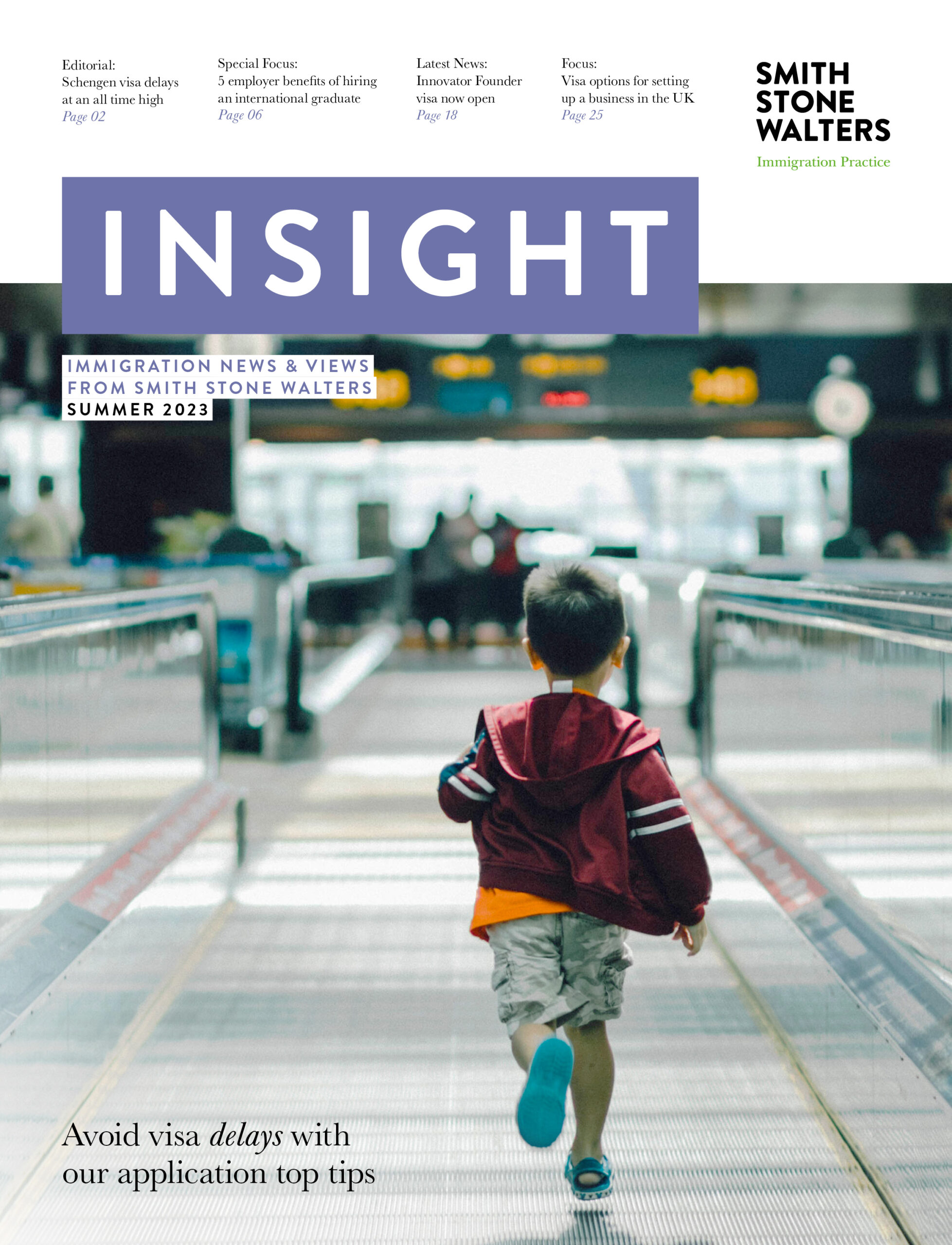Analysis of the migrant journey during 2018
The Home Office has published its annual report on the changes of migrants’ visas and leave status within the UK immigration system. It shows the processes migrants go through when they decide to stay in the UK or switch their status.
It is part of a number of documents that make up the quarterly immigration statistics and is a useful tool for anyone interested in migration. The report provides information in two distinct ways:
Forward Analysis
- This looks at the immigration status of migrants who were issued UK visas between 2004 and 2016. It explores four of the main categories of entry: Family, Work, Study and Dependants joining or accompanying. Visitors are excluded from this report. The latest findings look at those who were issued a visa in 2013, and examine their status after five years.
Backward Analysis
- This examines those people whose entry to the UK resulted in them eventually being granted permission to stay in the UK permanently – gaining settlement. It looks at on what visa type they came to the UK originally. This report focuses on migrants granted an initial visa in 2013, and examining their status after five years.
Interesting ILR snippets
- In general terms, the proportion of people who have been granted indefinite leave to remain (ILR) or settlement after five years has decreased every year since 2004.
- 7% of migrants issued a visa in 2013 had been granted settlement after five years.
- The vast majority of migrants (85%) who now have ILR originally arrived on a family visa.
- 1 in 6 students (16%) granted a visa in 2013 held valid leave or settlement after five years, at the end of 2018.
- 18% of migrants granted settlement in 2018 had been initially granted a Work visa, and 15% had been initially granted a Family visa.
- The top five nationalities granted settlement between 2014 and 2018 (India, Pakistan, Nigeria, Zimbabwe, and China) accounted for 41% of the total number of settlement grants in this period.


